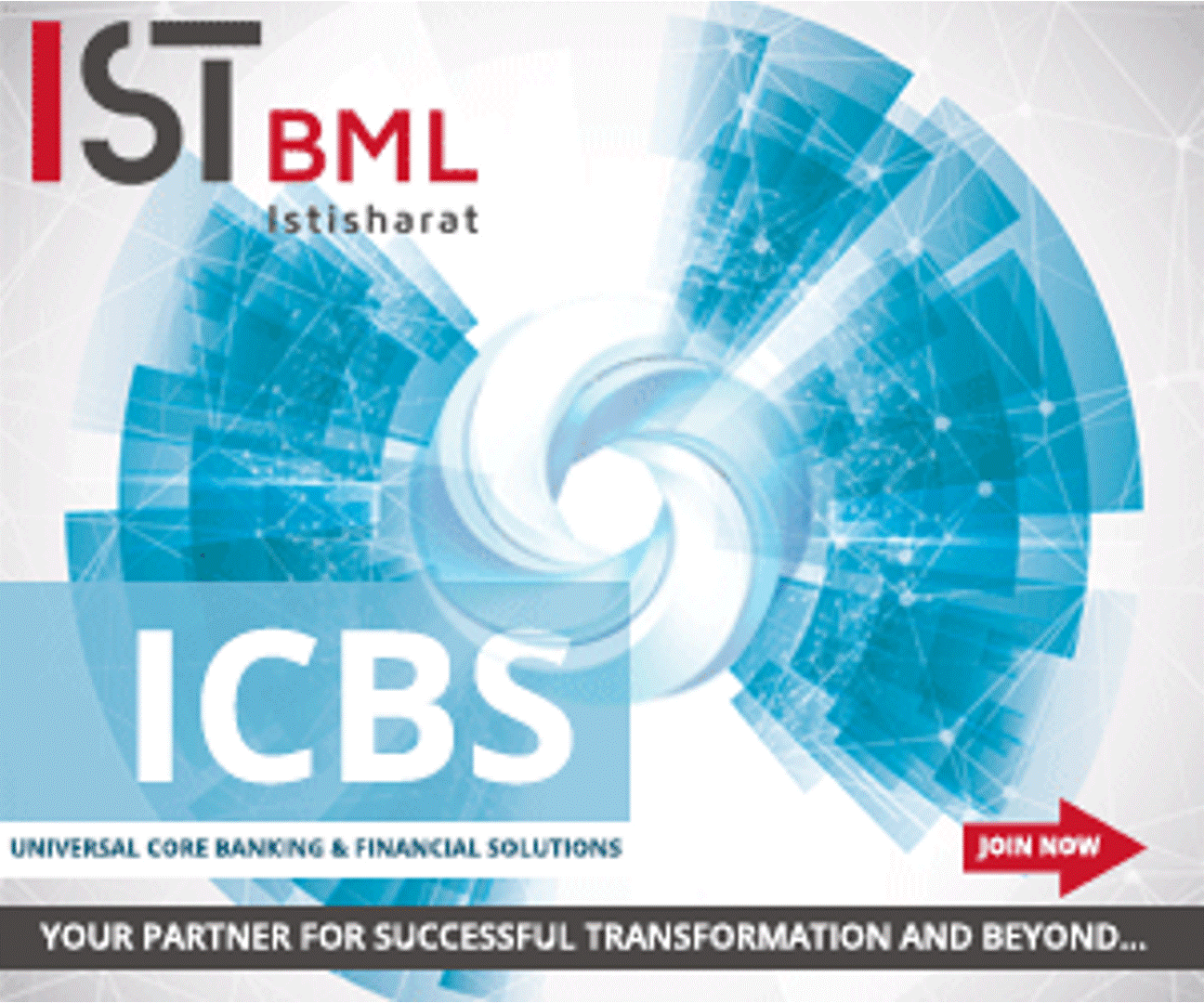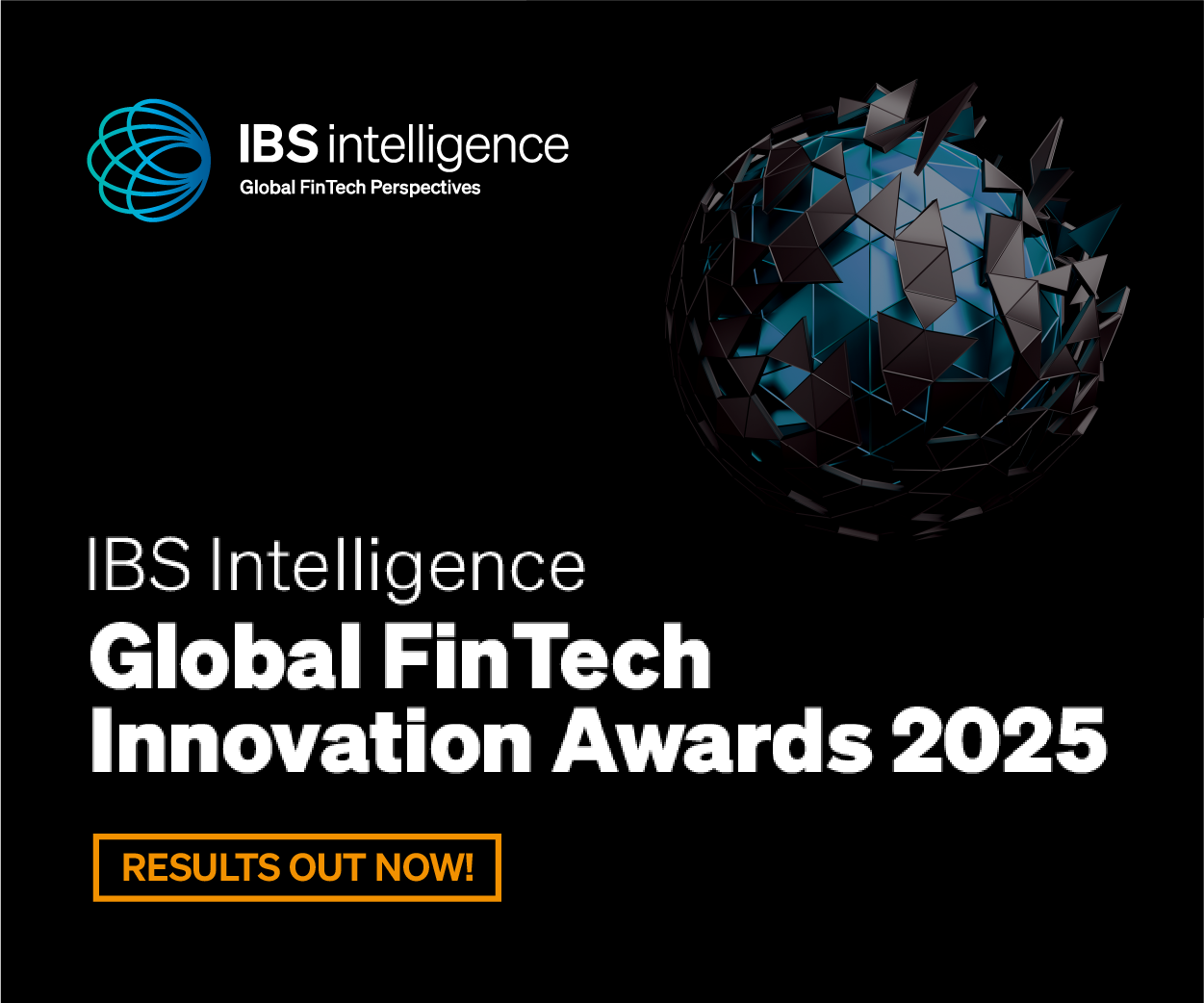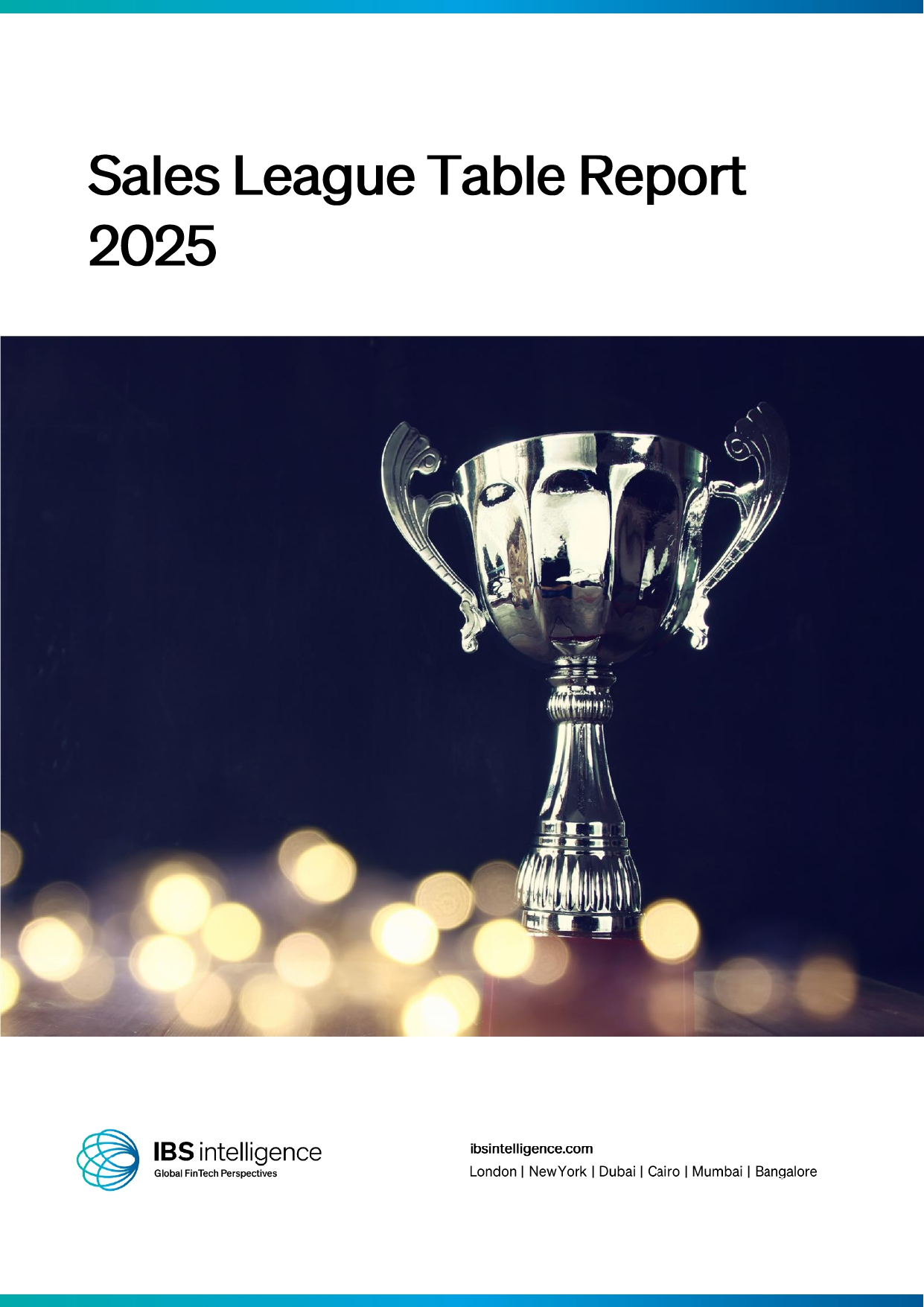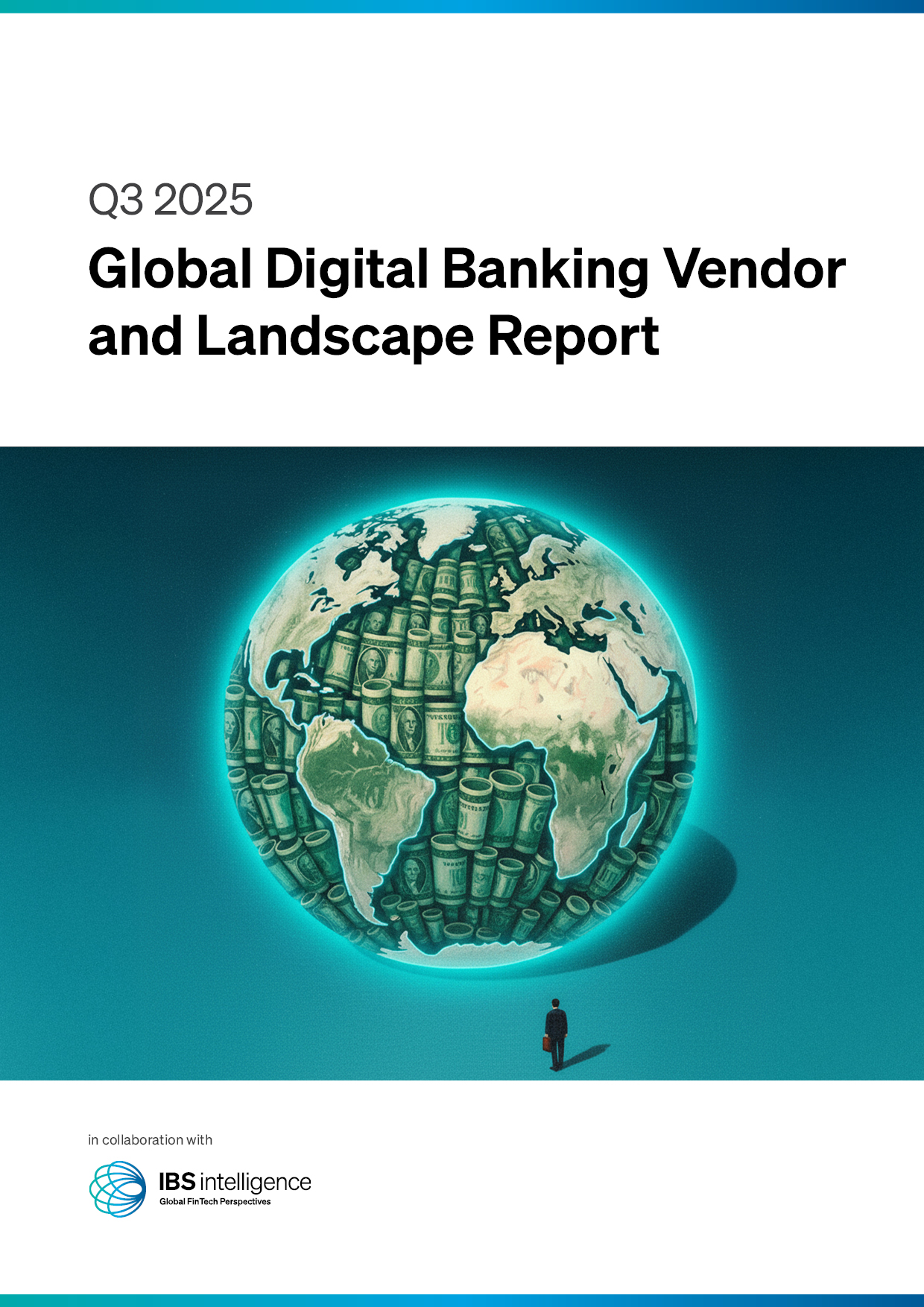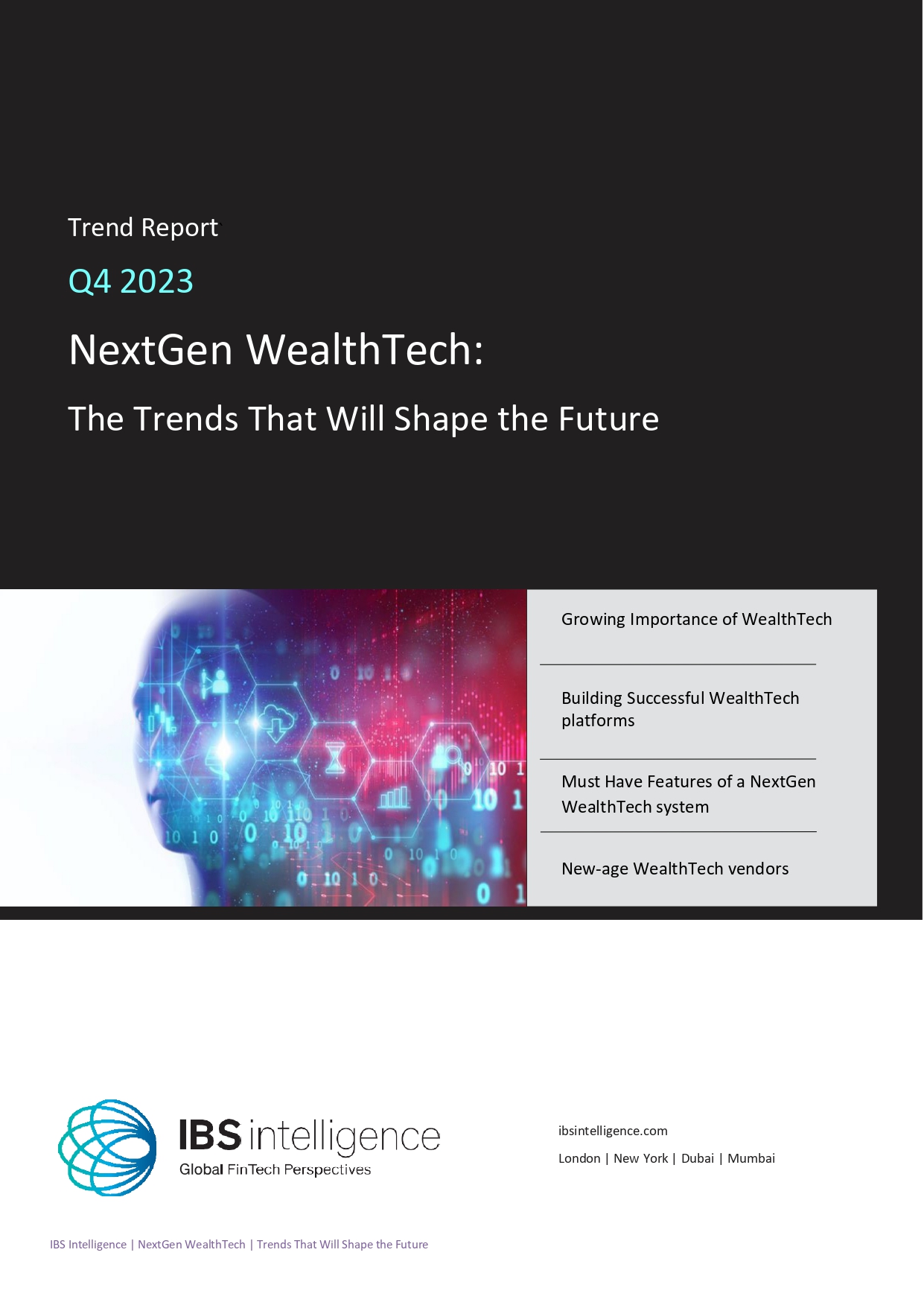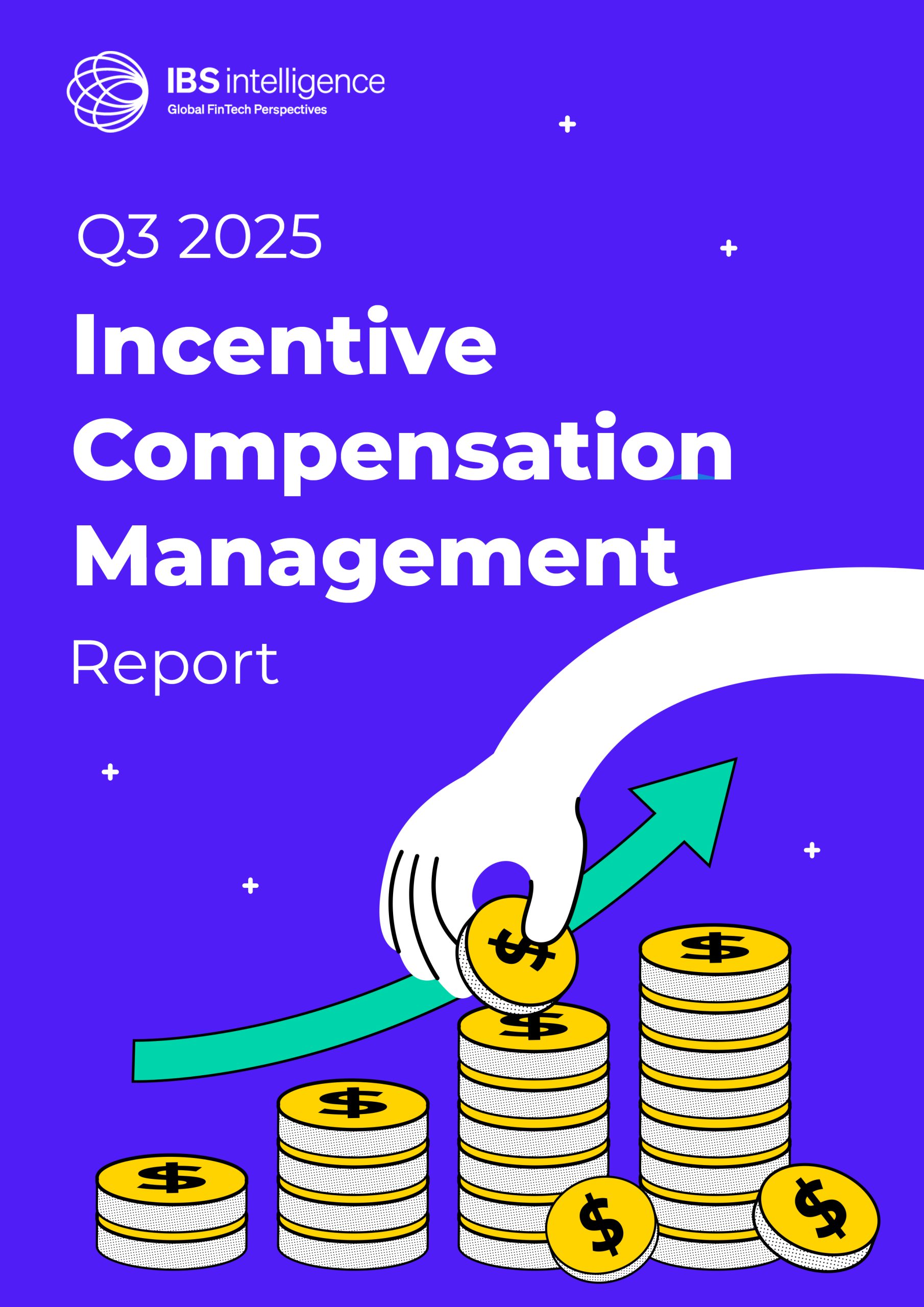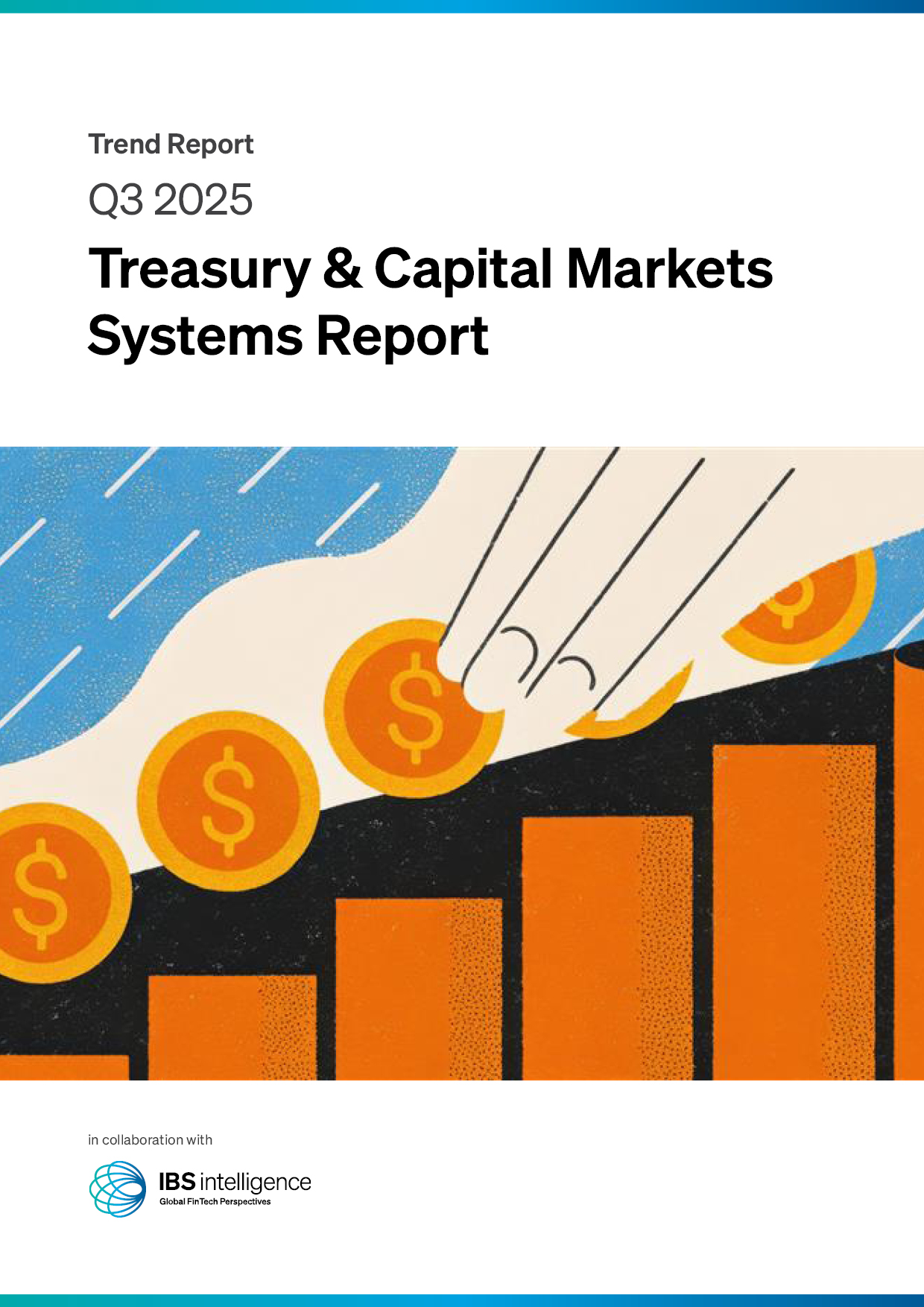 Back
Back
Global diaspora drives demand for faster, transparent payments
By Vriti Gothi

Changing payment habits among diaspora communities are reshaping expectations of how money moves across borders.
The shift is adding pressure on the global payments industry to modernise outdated processes and adopt emerging technologies, research reveals.
For many diaspora communities, sending money abroad is not an occasional act but a regular financial commitment that supports families, communities and local economies. The latest findings show that nearly half of Europe’s diaspora consumers consider remittances as essential as paying rent or utility bills, underlining the enduring role that cross-border money flows play in household budgets worldwide.
Despite their importance, traditional remittance channels continue to frustrate users. High transaction fees, poor exchange rates and lengthy settlement times remain widespread pain points. For millions of people working abroad and sending money home, these inefficiencies mean less money reaching loved ones and communities that often rely on every penny.
Speed has emerged as the single most important factor shaping consumer choice in the cross-border payments market, cited by 65% of respondents. Yet while many parts of the financial services sector have embraced real-time digital solutions, cross-border payments remain bogged down by legacy systems, regulatory complexities and patchy transparency on fees and rates.
Against this backdrop, emerging technologies are increasingly seen as critical to bridging the gap between customer expectations and industry performance. Stablecoins cryptocurrencies pegged to stable assets such as the US dollar can enable near-instant global transfers, reducing settlement times from days to seconds. Such innovations could help the payments sector meet global targets, including the G20’s goal of ensuring 75% of cross-border remittances arrive within an hour by the end of 2027.
Alongside stablecoins, open banking has the potential to give consumers much-needed visibility and control. By enabling secure data sharing between banks and third-party providers, open banking can surface real-time information about fees, exchange rates and payment status eliminating hidden charges and improving trust.
While traditional money transfer operators remain the most widely used option for sending money abroad, the landscape is shifting. Mobile wallets have rapidly gained traction, with nearly one in three diaspora consumers now choosing this channel for remittances. This reflects a wider move towards digital-native tools that offer convenience, speed and a more seamless user experience.
Another notable trend is the increasing number of people transferring money to themselves across borders. Around half of those who do so say it gives them more direct control over how funds are spent once they reach their destination. This behaviour points to a desire for greater financial autonomy and highlights how new payment models can empower individuals to manage their cross-border flows with less friction.
Elie Bertha, Chief Product Officer at Thunes, said, “The research reinforces what we hear time and again: people expect seamless access to their funds across various platforms, along with speed and complete transparency. Stablecoins can make a huge difference in the speed of cross-border transactions and meet this need entirely. As the Smart Superhighway to move money globally, Thunes is committed to empowering our Members with best-in-class solutions that cater to evolving consumer expectations.”
As digital technologies continue to mature, the expectations of diaspora communities are unlikely to revert to old norms. Consumers are increasingly unwilling to accept slow, opaque systems when faster, clearer and more cost-effective alternatives exist. For payment providers, banks and FinTech firms alike, the message is clear: adapt to this demand for speed, transparency and choice or risk being left behind in an increasingly digital and borderless world.
IBSi FinTech Journal
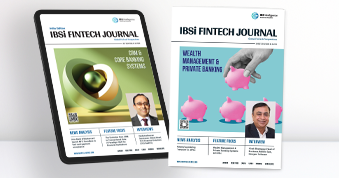
- Most trusted FinTech journal since 1991
- Digital monthly issue
- 60+ pages of research, analysis, interviews, opinions, and rankings
- Global coverage

